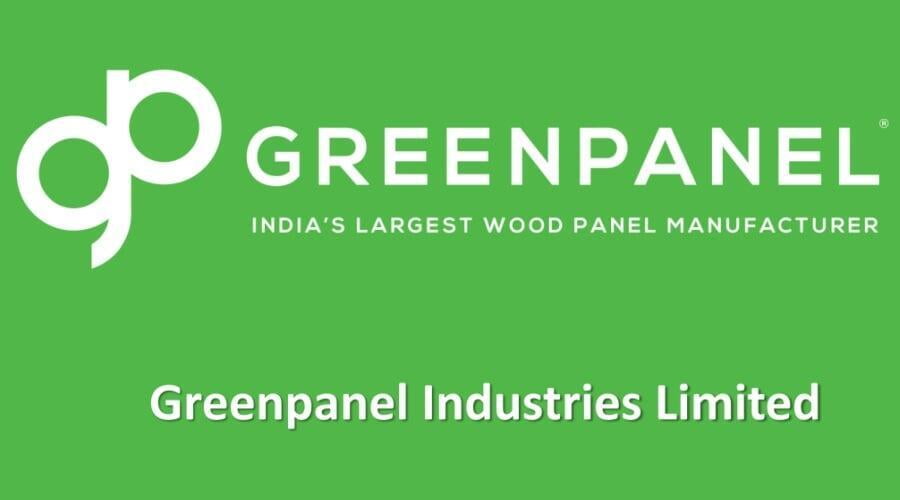Introduction:
Moisture resistance is a crucial factor to consider when selecting materials for interior design, especially in areas prone to dampness or humidity. Medium-density fiberboard (MDF) is a popular choice due to its versatility and affordability, but not all MDF is created equal when it comes to moisture resistance. In this blog, we will delve into the importance of moisture resistance in MDF for interior design and provide insights into choosing the right type of moisture-resistant MDF for wet areas.
MDF is an engineered wood product made by breaking down hardwood or softwood residuals into wood fibers, combining them with wax and a resin binder, and forming panels by applying high temperature and pressure. While standard MDF is suitable for many interior applications, it is not inherently moisture resistant and can swell or degrade when exposed to moisture over time.
Moisture resistance in MDF is achieved through the addition of water-repellent additives during the manufacturing process. These additives help to seal the fibers and prevent moisture from penetrating the board, thus enhancing its durability and longevity in humid or wet environments.

What are different Types of Moisture Resistant MDF Boards:
Exterior Grade MDF: Exterior grade MDF is specifically designed to withstand exposure to moisture and weather elements, making it suitable for outdoor applications such as facades, trim, and signage. It is manufactured with specialized water-resistant resins and additives, making it more durable and less prone to swelling or delamination when exposed to moisture. While exterior grade MDF offers superior moisture resistance, it may be overkill for interior applications unless the area is subject to extreme humidity or wet conditions.
Moisture-Resistant MDF: Moisture-resistant MDF, also known as MR MDF, is formulated to resist moisture and humidity in interior environments such as kitchens, bathrooms, and laundry rooms. It is treated with moisture-repellent chemicals during production, providing enhanced protection against swelling, warping, and fungal growth. MR MDF is a suitable choice for areas with occasional exposure to moisture but may not be suitable for continuous immersion or direct water contact.
Green MDF: Green MDF is an environmentally friendly option that incorporates recycled wood fibers and sustainable resins. While it may not be specifically labeled as moisture-resistant, its composition often lends it some degree of resistance to moisture. Green MDF is suitable for interior applications where moisture exposure is minimal and can be a sustainable choice for eco-conscious projects.
How to Choose the right MDF for your Interior Projects-
Environmental Conditions: Assess the level of humidity and moisture present in the area where the MDF will be installed. High-moisture environments such as bathrooms or kitchens may require a higher level of moisture resistance compared to dry areas.
Application: Determine the intended use of the MDF and the extent of moisture exposure it will face. For areas prone to occasional splashes or moisture, such as backsplashes or vanity units, moisture-resistant MDF may suffice. However, for areas with direct water contact or continuous exposure to moisture, such as shower enclosures or saunas, consider using exterior grade MDF or alternative materials designed for wet environments.
Budget and Sustainability: Consider your budget constraints and sustainability goals when choosing moisture-resistant MDF. While exterior grade MDF offers the highest level of moisture resistance, it may come at a higher cost. Green MDF can be a more sustainable option but may have limitations in terms of moisture resistance compared to specialized moisture-resistant variants.
Using HDF/ HDHMR Boards: High Density and High Moisture Resistance HDHMR boards may be used instead of Exterior grade red mdf boards at high moisture prone areas.
Conclusion:
Moisture resistance is a critical consideration when selecting MDF for interior design, especially in wet areas prone to humidity and moisture. By understanding the different types of moisture-resistant MDF available and considering factors such as environmental conditions, application, budget, and sustainability, designers and homeowners can choose the right type of MDF to ensure durability and longevity in their projects. Whether it's MR MDF for kitchens and bathrooms or exterior grade MDF for outdoor applications, selecting the appropriate moisture-resistant MDF can enhance the performance and aesthetic appeal of interior spaces for years to come.






